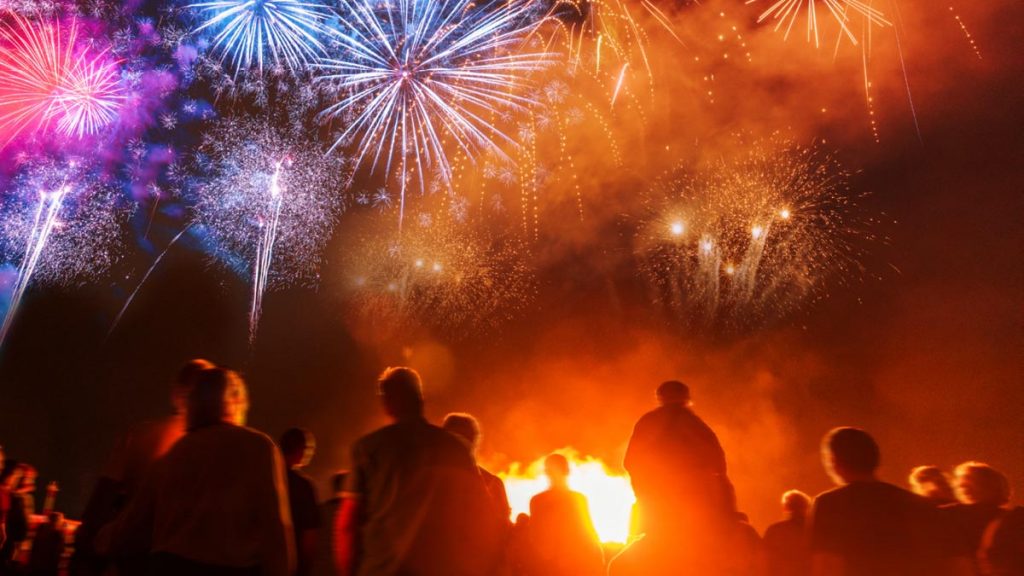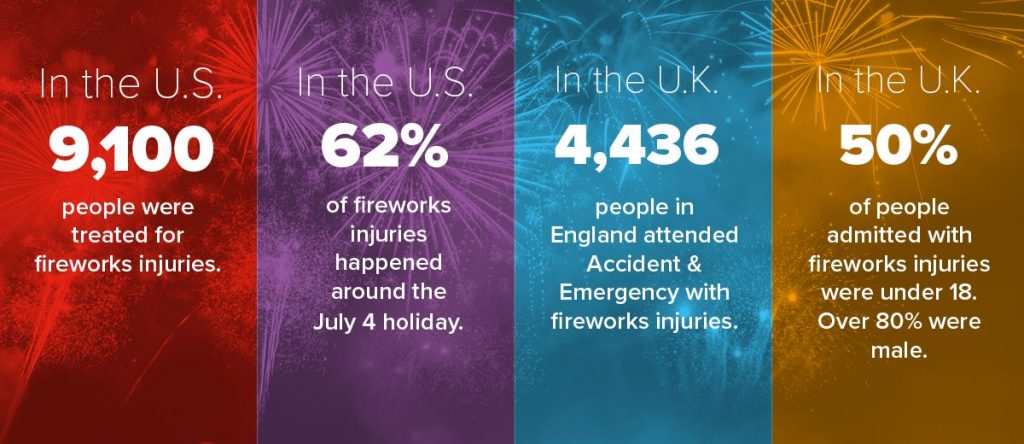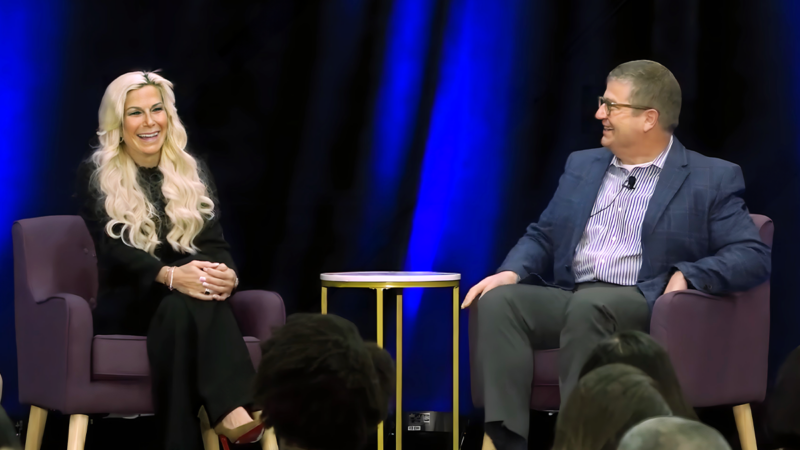To minimize risks, there are some fireworks safety precautions that anyone organizing a display or fire festival should follow.
1. Assign responsibility.
Everyone involved in the event should be fully aware of their roles and responsibilities with regards to planning, risk assessment, safety, emergency provision and lines of communication.
Team members should be familiar with all local, municipal, and national legal requirements and obtain up-to-date advice, codes and guidelines from official bodies, such as the National Fire Protection Association (NFPA) in the U.S. and the Fire Service in the U.K.
2. Get the paperwork in order.
Give yourself enough time to get all necessary licenses and insurance policies in place. If you are hiring professional vendors, make sure a contract is in place that addresses:
- Contactors’ obligations to follow all applicable laws and regulations.
- Contractors’ responsibilities for planning, permitting, pyrotechnic transportation and storage, event setup and execution, and cleanup and site inspection.
- Contractors’ minimum insurance coverage and limits of liability.
- Contractors’ adequate indemnity and hold harmless clauses.
- What happens if the event is canceled.
3. Be a good neighbor.
Consider the nuisance and environmental impacts that fireworks and fire festivals can have.
- Local hospitals and care homes may be affected by noise or smoke.
- Elderly people, children and animals may be frightened.
- Livestock and agriculture may be put at risk.
4. Confirm the site is suitable.
Organizers should thoroughly evaluate the site, taking these factors into consideration.
- Identify the fallout area and make sure it’s clear of combustible materials.
- Identify parking, emergency pathways and spectator areas.
- Determine ways to prevent people from entering the fallout area.
5. Safeguard the area afterward.
Once the fireworks are over, take these additional steps to reduce risks even more.
- Keep spectators out of the area.
- Search for unexploded fireworks and burning debris by thoroughly inspecting the grounds.
- Conduct a follow-up inspection the next day to determine if anything was missed.
No event organizer is immune to risks when it comes to hosting fireworks displays and fire festivals. But thoughtful planning along with attention to key risk-control and risk-transfer tactics will help make your next event safe and fun.






